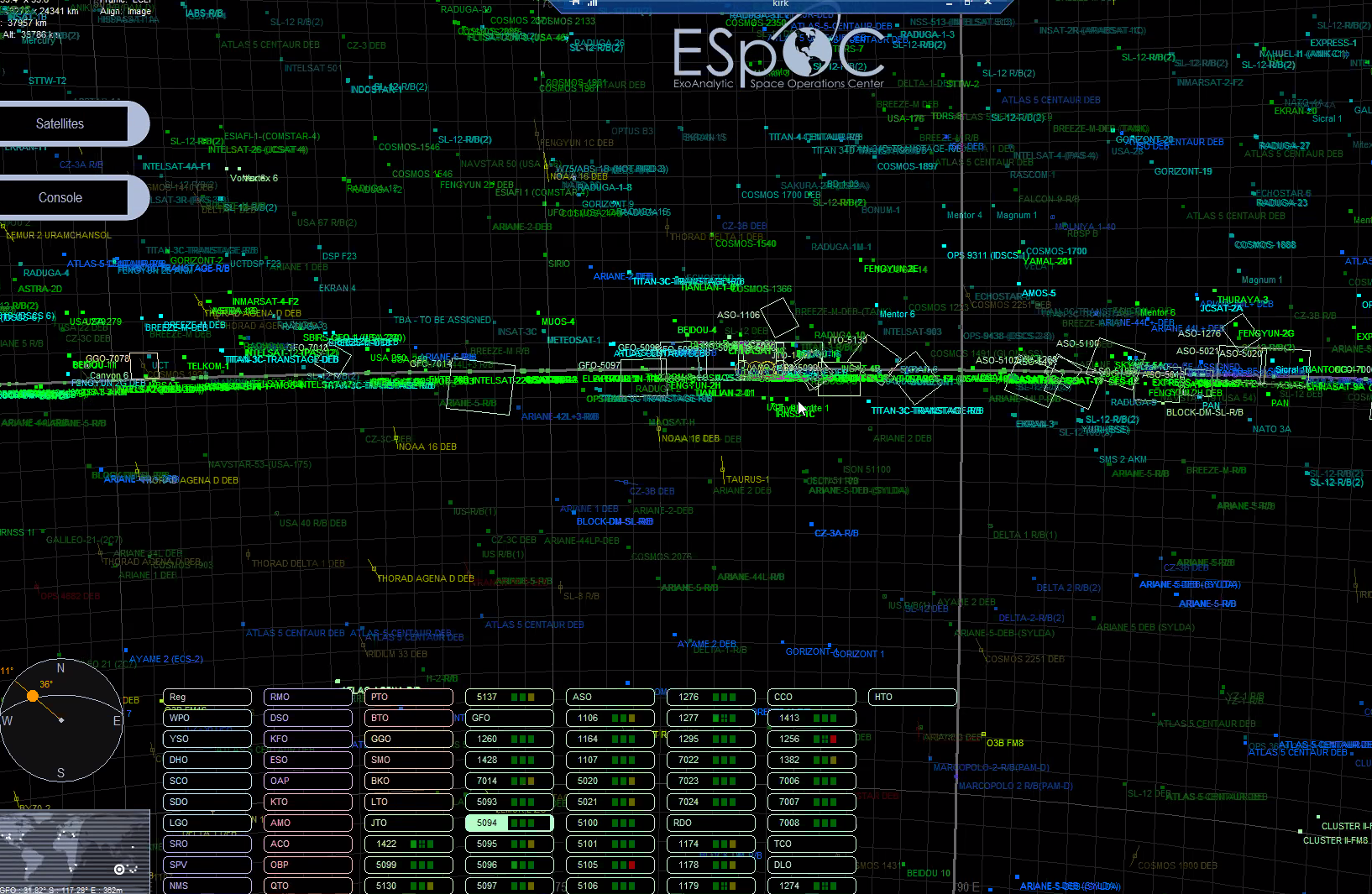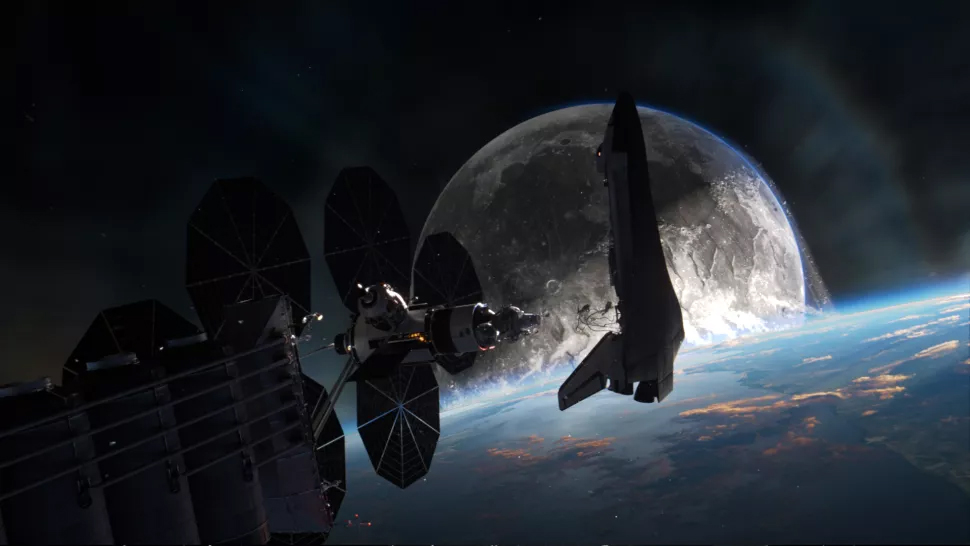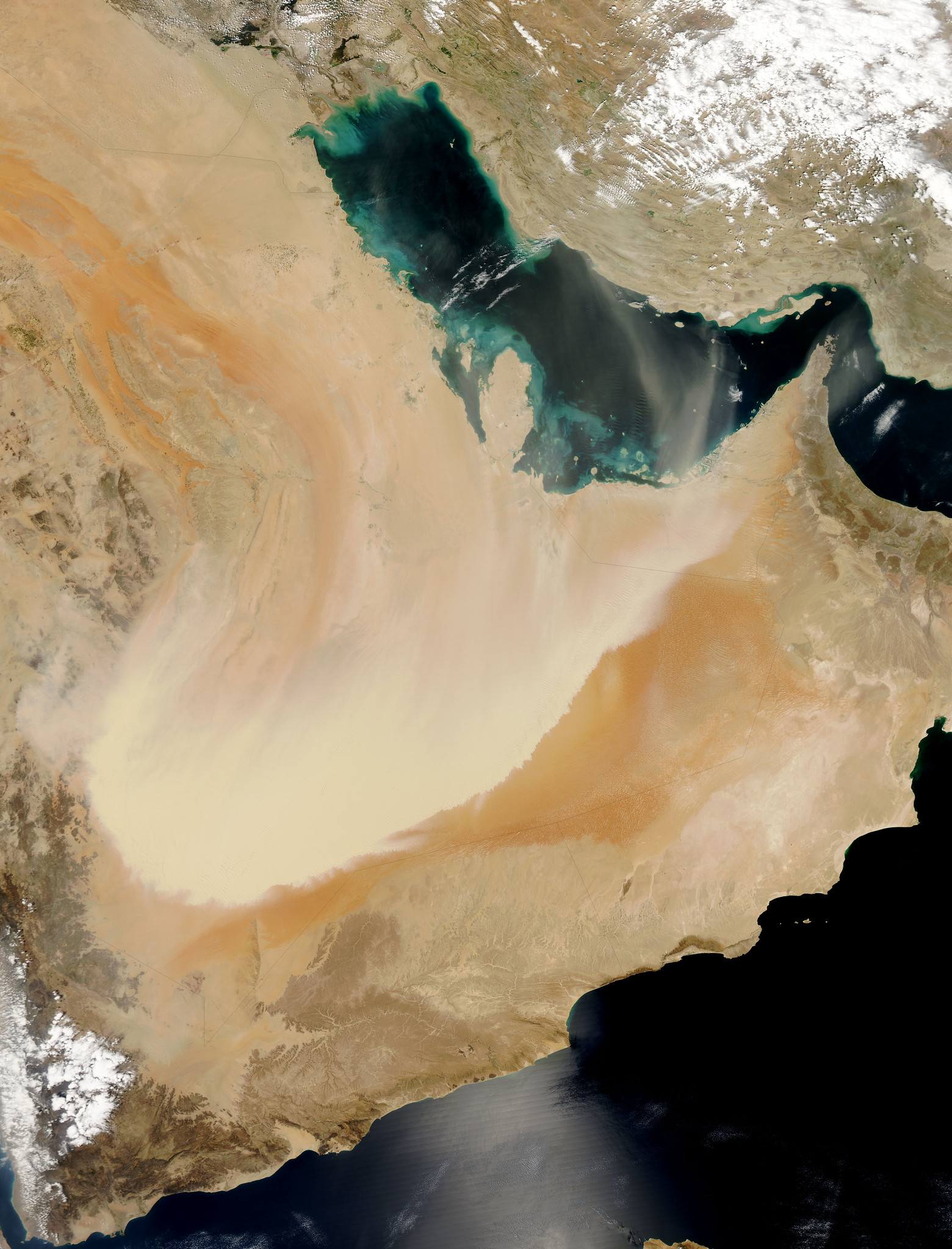Earth’s atmosphere is absolutely crucial for life on our blue marble, so it’s no wonder astronomers are eager to peer into the clouds of exoplanets around other stars. One popular far-flung world—TRAPPIST-1c—was so appealing to researchers because it was previously thought to be shrouded in a thick layer of carbon dioxide. But new observations from the James Webb Space Telescope (JWST), however, have revealed that it is more likely to be a barren rock, with no atmosphere in sight.
When astronomers try to get a handle on how many planets out in space could support life, the first place to look is a rocky world like Earth, where the planet has a sturdy surface for biology to take root. “Small planets are abundant in the galaxy,” says Sebastian Ziebaexoplanet researcher at the Max Planck Institute for Astronomy and Leiden Observatory and the lead author of a study published in Nature on the new TRAPPIST-1c observations. “At least 20 to 50 percent of stars host a planet similar in size to the Earth.” Astronomers still don’t know much about these rocky planets’ atmospheres, or whether they have one at all. It’s also an open question whether M dwarf stars, the abundant kind of star TRAPPIST-1c orbits, might destroy those planets’ atmospheres, rendering them uninhabitable.
JWST is quickly changing that reality. “There is no other observatory right now which can give us precise measurements like these,” Zieba adds—studying infrared light is where the telescope excels. The fingerprints of many molecules important for life show up in those infrared wavelengthsbut these are challenging to detect. To make these measurements, JWST has to be far beyond freezing, a meager 7 kelvin (equivalent to -500°F).
“For many years, scientists have been modeling the atmospheres of these worlds,” says Daria Pidhorodetska, an astronomer at the University of California, Riverside not involved in the new research. “To finally get to see the real data come from JWST feels like a dream come true.”
[Related:[Related:A whopping seven Earth-size planets were just found orbiting a nearby star]
Observers have focused so much attention on TRAPPIST-1c for a good reason: it’s by far the best target to study rocky, Earth-sized planets in detail, since it’s nearby (about 40 light years away) and easy to see with current tech. “You would obviously start with the lowest-hanging fruit,” says Zieba. TRAPPIST-1c orbits the star TRAPPIST-1which hosts a family of seven Earth-sized planets. Three of them might be in the star’s habitable zone.
That solar system offers a unique chance for astronomers to look at Earth-like planets at different temperatures, getting a glimpse at a spectrum of possibilities for rocky worlds. By determining what molecules surround these worlds, “we may be able to infer whether they could indeed support life,” says University of California, Los Angeles astronomer Judah Van Zandt, who was not involved in the paper.
[Related:[Related:What Earth looks like to far-out celestial bodies]
TRAPPIST-1 isn’t like our sun, though. It’s a small red star called an M dwarf, which happens to be the most common star type in the galaxy. One of the big questions in astronomy right now is: Can planets around M dwarfs keep their atmospheres, or do the brutal flares of these powerful little stars burn the skies away? If astronomers find that most planets around M dwarfs are bare rocks, maybe sun-like stars are necessary for life after all. So far, there are two strikes against M dwarfs—not only does TRAPPIST-1c lack an atmosphere, but a publication from earlier this year showed that TRAPPIST-1b is also barren.
We will soon find out whether TRAPPIST-1c’s neighbors follow this pattern—or upend it. All seven TRAPPIST-1 planets will be observed with JWST within the year, and it’s yet to be seen if others may have kept their clouds. And even if they don’t, as Zieba says, “this is obviously just one M-type star.” Astronomers will have to observe many more planets to truly judge whether M dwarfs are fit to support life.
Note: This article have been indexed to our site. We do not claim legitimacy, ownership or copyright of any of the content above. To see the article at original source Click Here













